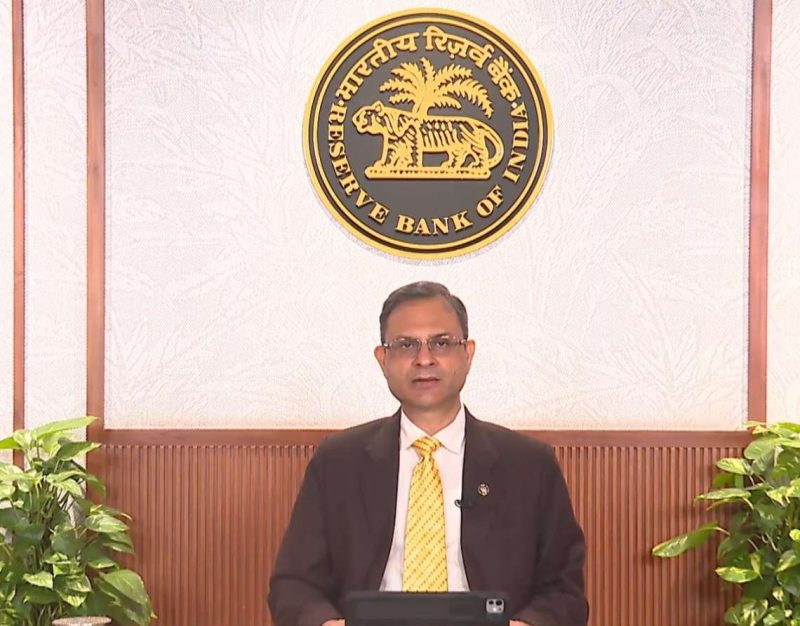iPhone revenue increased 35 per cent YoY to $196 billion in 2021. It captured 44 per cent of total global smartphone revenue in 2021…reports Asian Lite News
The global smartphone market revenue crossed $448 billion in 2021. It grew seven per cent YoY and 20 per cent QoQ even as component shortages and Covid-19 restrictions continued to disrupt supply chains around the world, a new report revealed on Friday.
Smartphone average selling price (ASP) grew 12 per cent YoY to reach $322, mainly due to a higher share of 5G smartphones, which have a significantly higher ASP than the 4G models, as well as Apple’s successful launch of its iPhone 13 devices, according to Counterpoint.
Besides, more 5G-enabled models were released in 2021 as OEMs such as Xiaomi, Vivo, OPPO and Realme focused on fulfilling a greater demand for affordable 5G smartphones in emerging markets such as India, Southeast Asia, LATAM and Eastern Europe. As a result, 5G-enabled smartphones contributed more than 40 per cent of the global smartphone shipments in 2021, compared to 18 per cent in 2020.
There has also been a global increase in demand for mid-range and premium smartphones due to the pandemic-linked education, work and entertainment from home convincing some consumers to upgrade their devices for a better overall experience. Lastly, the global shortage of smartphone components has also led major OEMs to increase the retail prices of some of their entry and mid-tier smartphones.
iPhone revenue increased 35 per cent YoY to $196 billion in 2021. It captured 44 per cent of total global smartphone revenue in 2021. The high demand for 5G-enabled iPhone 12 and 13 series helped Apple register 14 per cent growth in its overall ASP, which reached $825 in 2021. The brand also managed to increase its share in key emerging markets such as India, Thailand, Vietnam and Brazil.
Samsung’s smartphone revenue increased 11 per cent YoY to reach $72 billion in 2021, compared to $64 billion in 2020. Its ASP grew five per cent to $263 in 2021.
Samsung managed to increase its global market share in the mid and premium segments with the launch of the Galaxy S flagship series and increase in the share of 5G phones. 2021 also witnessed the launch of two foldable smartphones a” Samsung Galaxy Z Fold3 5G and Z Flip3, which also nudged the overall revenue higher. Samsung shipped three times more foldable devices in 2021 than in 2020.
ALSO READ-Accenture launches women founders programme in India














